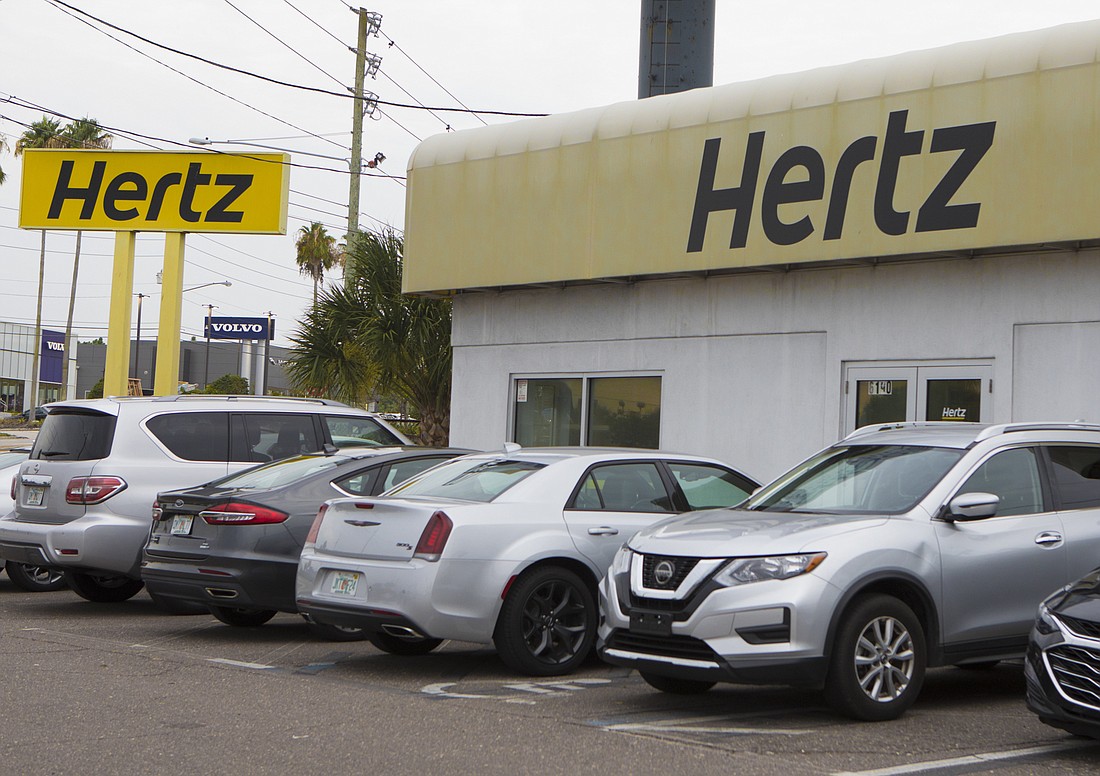- December 13, 2025
-
-
Loading

Loading
 Photo by Mark Wemple
Photo by Mark Wemple
Just shy of 13-months after filing for Chapter 11, Lee County-based The Hertz Corp. is expected to exit bankruptcy June 30 with a new line of financing and a restructured debt plan in place.
The company, crushed by the pandemic and forced into court, expects to regain its place as one of the top rental car companies in the world and to come out stronger financially than it was before.